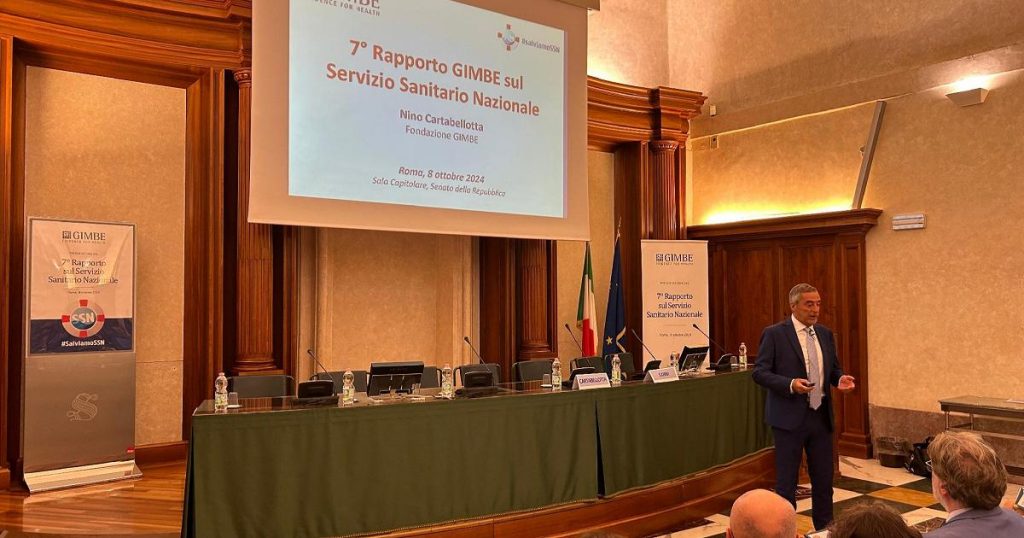The out-of-pocket healthcare spending by Italians saw a 10% increase in 2023, leading to 4.5 million people in Italy to forgo necessary medical treatments, alongside long waiting lists. These numbers, along with regional disparities, medical migration, and crowded emergency rooms, indicate that the Italian national healthcare system is nearing a point of no return. The foundation Gimbe highlights a “healthcare system in crisis,” with a 52 billion euro gap in healthcare spending compared to the EU average. Despite this, the Minister of Health reassures that there will be adequate resources for healthcare in the budget, emphasizing the importance of the healthcare system in protecting the right to health, echoed by President Sergio Mattarella.
As revealed in the seventh Gimbe report on the national healthcare system, Italian spending on private healthcare increased by 10.5% from 2022 to 2023. The total healthcare spending is now primarily funded by families through direct payments or funds and insurance, while public healthcare spending remains stagnant. Italy lags behind other OECD EU countries with a 52.4 billion euro gap accumulated over the past 11 years. This has led to a growing number of individuals having to pay for healthcare services out-of-pocket, resulting in a 10.3% increase in 2023 alone. This surge in costs has caused 4.5 million people to forego necessary medical visits or exams, highlighting the unsustainable nature of the national healthcare system due to underfunding over the past 15 years.
Predictions do not foresee any increase in public financing for healthcare, as the structural budget plan projects a decrease in healthcare expenditure as a percentage of GDP from 6.3% in 2024-2025 to 6.2% in 2026-2027. At the same time, there is an average annual GDP growth rate of 2.8% with a projected 2.3% growth rate for healthcare spending in the triennium 2025-2027, indicating a continued underfunding trend. This crisis is exacerbated by an unprecedented shortage of healthcare professionals facing grueling shifts, burnout, and low wages. The disparities between northern and southern Italy are also evident in the delays in implementing healthcare projects outlined in the National Recovery and Resilience Plan.
The gap in public healthcare spending per capita between Italy and the OECD average is $995 per capita, amounting to nearly 54 billion euros. Opposition leaders Elly Schlein and Giuseppe Conte were present at the presentation of the report, advocating for increased resources for public healthcare. The Democratic Party secretary proposes reallocating the 4.3 billion euros spent on income tax reform to healthcare, as families are burdened by rising healthcare costs. Health Minister Orazio Schillaci denies any intention to cut public healthcare spending and emphasizes the government’s goals of improving healthcare staff salaries and implementing a long-term plan to recruit more doctors.
The healthcare system crisis in Italy is reflected in the data showing a substantial increase in out-of-pocket spending, resulting in millions of individuals having to forgo necessary medical treatments. The unsustainable nature of the healthcare system is attributed to a lack of adequate funding, with a significant gap in healthcare spending compared to other EU countries. As political leaders debate the allocation of resources in the upcoming budget, the urgent need to address the funding and staffing challenges facing the healthcare system is underscored. Failure to act could have dire consequences for the accessibility and quality of healthcare services in Italy.


